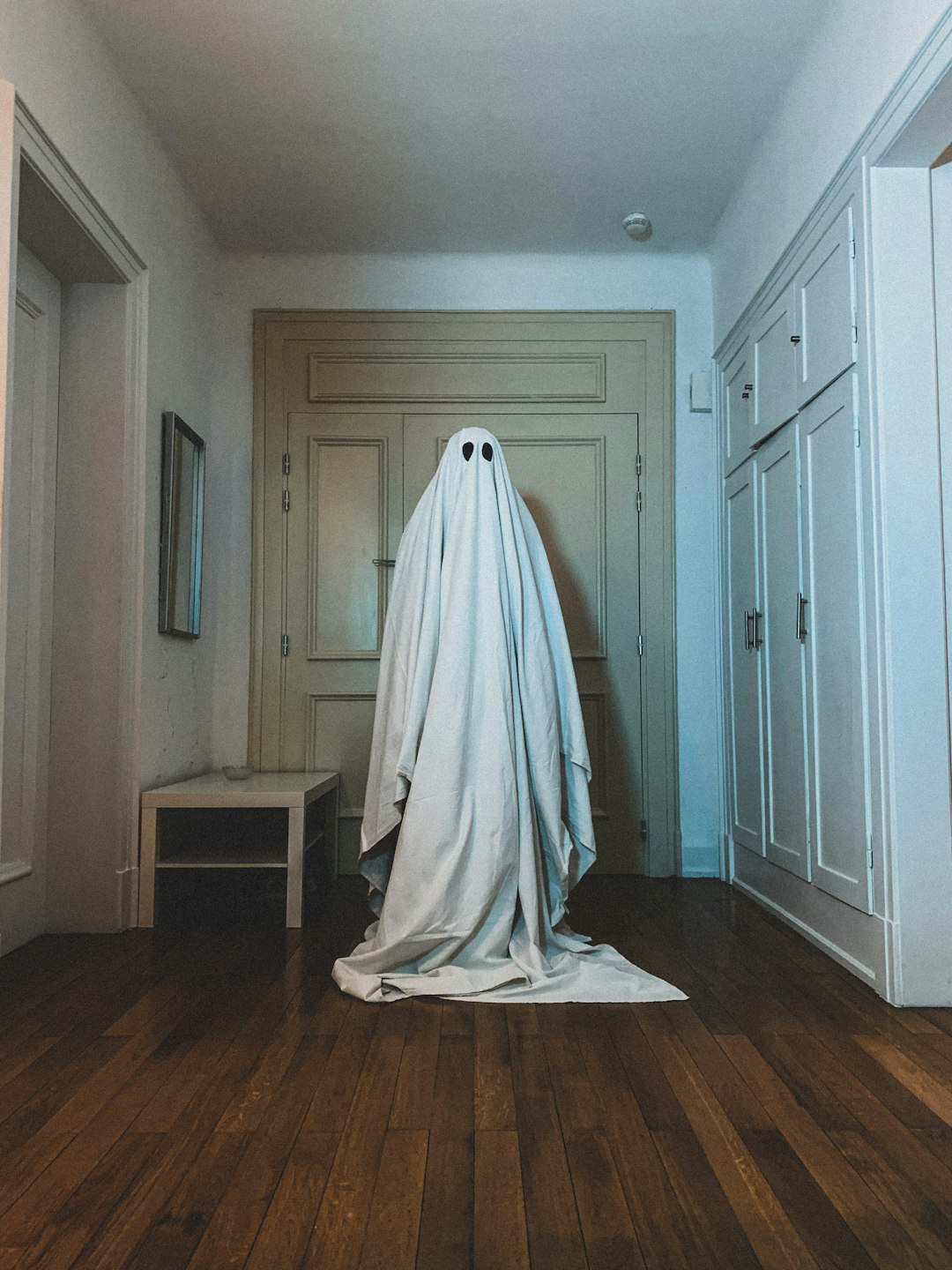Hi, Friend.
Today we’re venturing all the way over to the righthand margin, but we’re making that trip as poets. Instead of a handwritten annotation this week, I’m linking to “Ghost Story,” a brief essay first published in Brevity.*
I consider poetry my home genre, so I come to every piece of writing as a poet. Essays, memoirs, stories, and probably even emails—I write them as a poet. (Couplets in an email? Now that would be ridiculously on-brand for me.)
Poet is not a hat I take on and off. There was a time when I saw that as a limitation, but I don’t see it that way anymore.
A few weeks ago, I visited Lee Martin’s creative nonfiction MFA workshop at The Ohio State University to talk about “Ghost Story,” which they’d read for class, and we talked about the amount of poetry in the prose, both at the sentence level and the structure level. For example, I used white space to slow down the pacing as I do in poems, here employing short paragraphs—sometimes only a single sentence—and section dividers. White space acts as literal “breathing room” on the page, regardless of genre, so these are spaces where the reader is invited to pause and reflect before moving on.
I also wanted to work lyrical and imagistic repetition into the piece, as I like to do with poems. In the opening paragraph, “the laundry floated….the dishes floated….I floated” feels to me like a litany. There is also anaphora—a poetic technique in which successive phrases or lines begin with the same words—in the words “no idea” repeated, and in the three spoiler alerts. Ghostlike images carry through the piece as well—images of transparency, invisibility, helplessness. The chains in section one return in section four.
I shared with Lee and his students that “Ghost Story” also appears in my forthcoming memoir, You Could Make This Place Beautiful, though not as a single piece. I have broken it into its smaller sections (where the asterisks are in the original essay) and threaded them through the book, and I’ve added a new final section. This is something I also do in my poetry collections: I like to spread a series of poems over the course of a book rather than compartmentalizing them in one section. These then work to pattern the collection and create multiple moments of recognition for the reader.
This week all subscribers should keep an eye out for a craft tip related to this essay. I’m also working on a special series of posts for paid subscribers, too—something I’m calling “sparks and starts.” (What can I say, I have a soft spot for slant rhyme.) I’ll provide multiple early drafts of some poems, including the initial handwritten notes in my notebook. How does a poem get from a few scribbled lines to a published piece? What cuts, additions, or changes are made along the way, and what is the thinking behind those choices? And…does everyone have embarrassing first drafts?**
If you’d like to upgrade your subscription to have full access to the newsletter, including sparks and starts, you can do so any time. Being a paid Dear Lifer means you’re directly supporting my writing. Thank you.
Happy writing—
Maggie
*Thanks to Brevity editor Dinty W. Moore for his keen editorial eye and for nominating the essay for a Pushcart Prize. Brilliant, supportive editors make the journey to the righthand margin more thrilling than daunting.
**Yes. YES.




I love that you travel to the right hand margin as a poet. That makes me feel better because I have thought before of writing other genres as somehow breaking away from poetry... which would be very disorienting. Thanks for your generosity in sharing your craft. I love "Ghost story" and it's poetry.